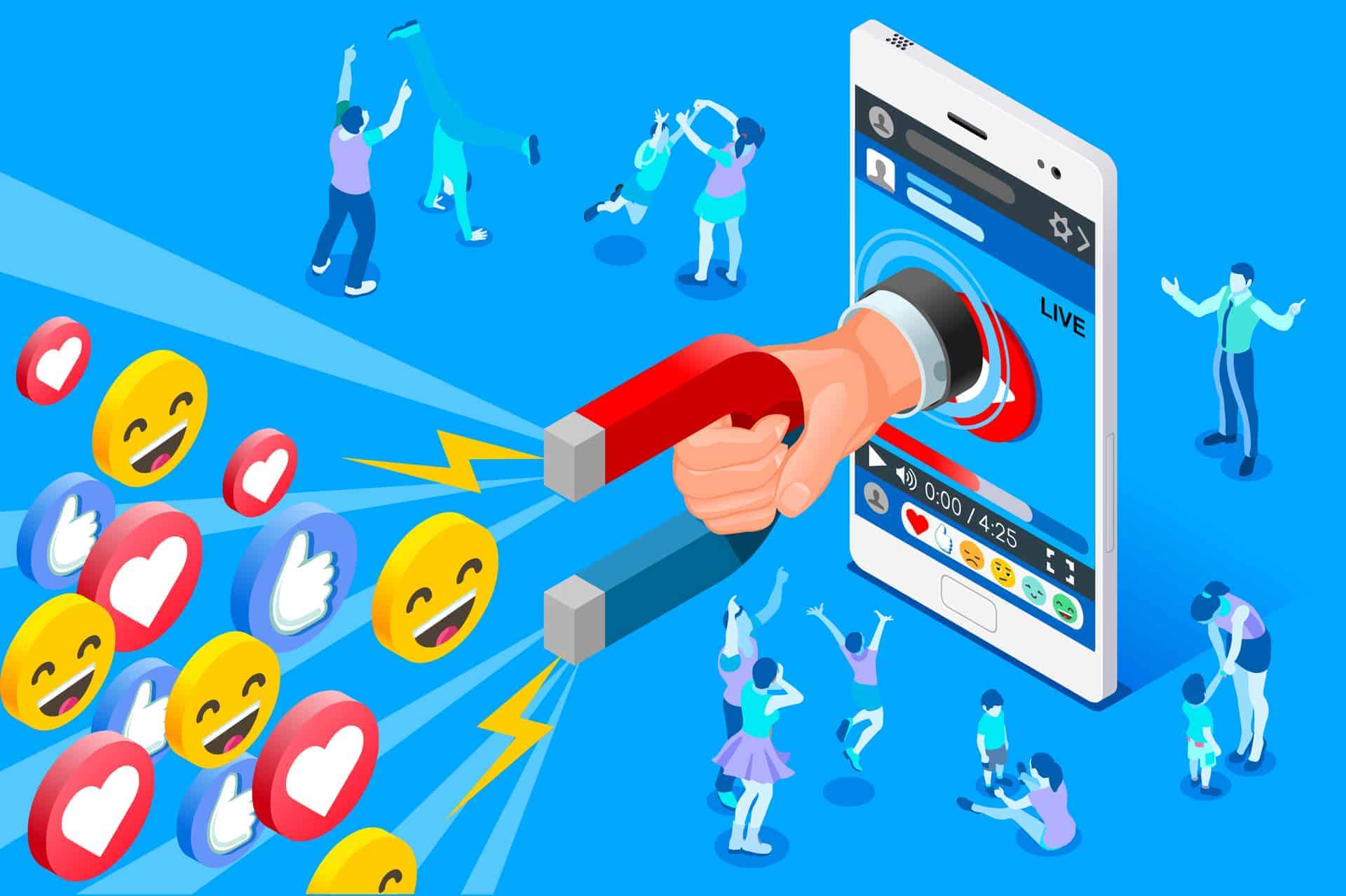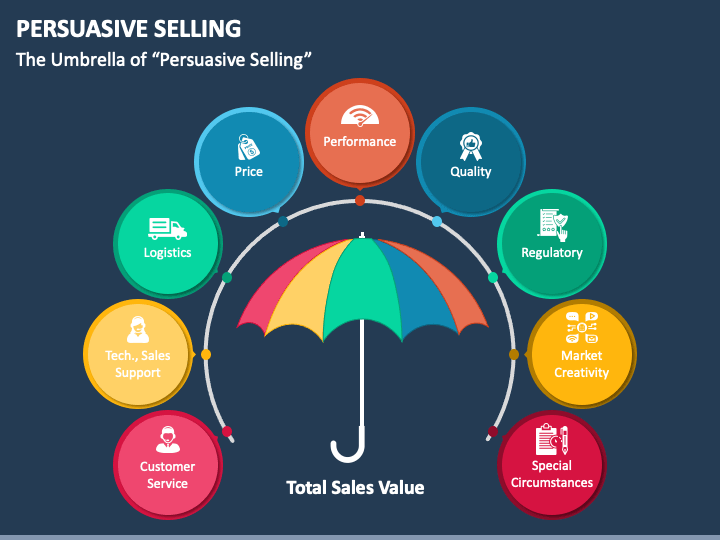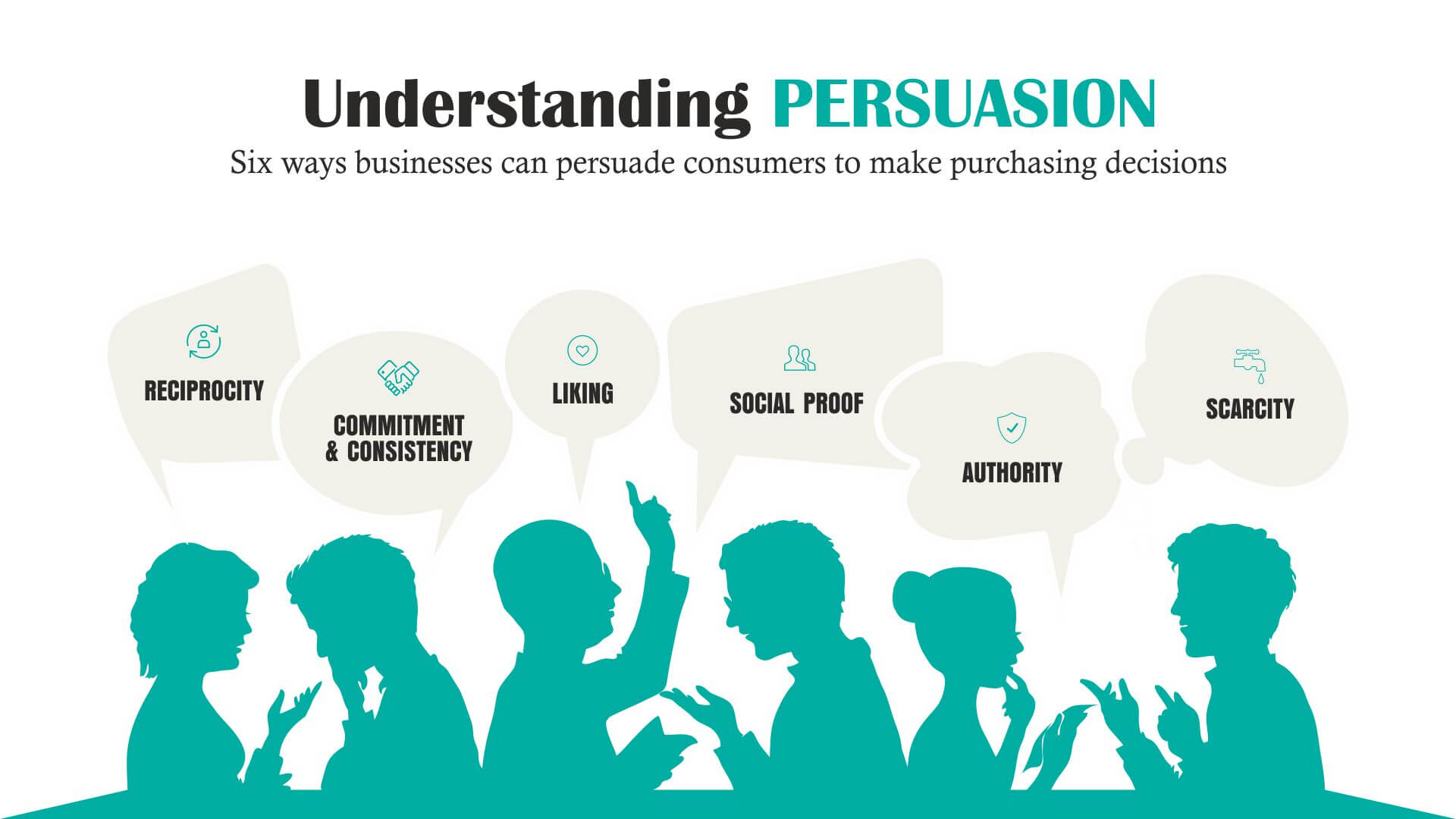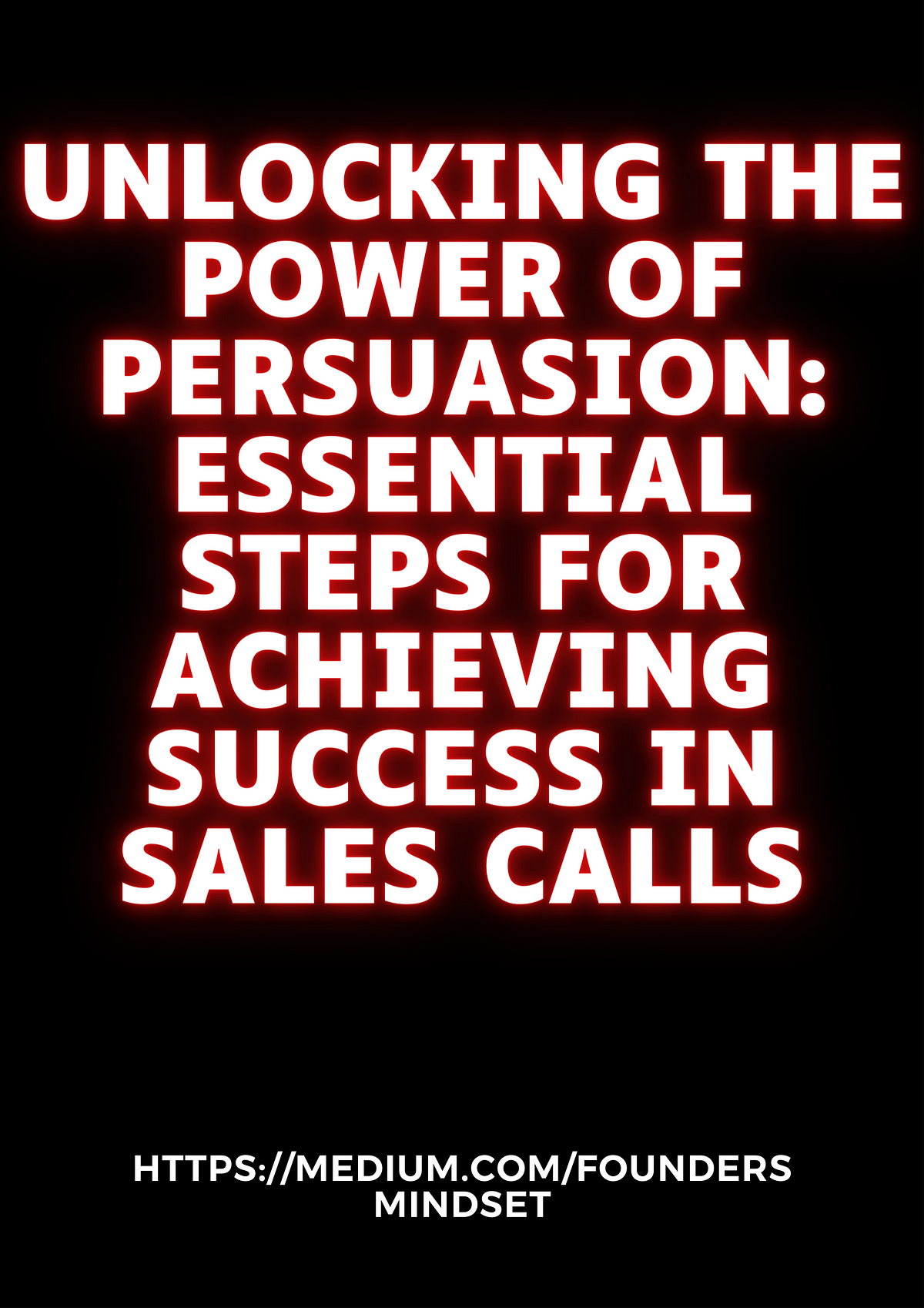Unlocking the Power of Persuasion: A Guide to Selling Your Product or Service

As an interior design expert and architect, I’ve spent years crafting spaces that not only meet functional needs but also evoke emotion and enhance the lives of the people who inhabit them. This process, much like selling a product or service, hinges on understanding the needs and desires of your audience and showcasing how your offering can fulfill them.
To help you effectively communicate the value of your product or service, let’s dive into the key principles of persuasion and explore how to craft a compelling narrative that resonates with your ideal customer.

Understanding Your Ideal Customer
Before we delve into the features and benefits, it’s crucial to define your ideal customer. Who are they? What are their pain points? What are their aspirations?
- Demographic Data: Age, gender, location, income level, education, occupation, and family status all provide valuable insights into your customer’s lifestyle and needs.
- Psychographic Data: This delves into their personality, values, interests, and motivations. Understanding their lifestyle, hobbies, and aspirations helps you tailor your message to resonate with their desires.
- Behavioral Data: This encompasses their online activity, purchasing habits, and interactions with your brand. Analyzing this data reveals their preferences and informs your marketing strategies.


The Power of Storytelling

Humans are naturally drawn to stories. Instead of simply listing features, weave a narrative that showcases how your product or service solves a problem, fulfills a need, or helps your customer achieve a desired outcome.
Key Features & Benefits: A Framework for Persuasion

Here’s a breakdown of how to effectively highlight the features and benefits of your product or service:
1. Focus on the "Why"

Don’t just tell customers what your product or service does; explain why it matters to them. Connect your features to their needs and desires.

Example:
- Feature: Our software automates scheduling and task management.
- Benefit: This saves you time and reduces stress, allowing you to focus on more strategic tasks.


2. Highlight the Pain Points
Identify the problems your customers face and showcase how your product or service provides a solution.
Example:

- Pain Point: Small business owners struggle to manage their finances effectively.
- Solution: Our accounting software simplifies bookkeeping, provides real-time financial insights, and helps you make informed decisions.

3. Showcase the Unique Value Proposition

What sets your product or service apart from the competition? Emphasize your unique selling points and highlight the advantages you offer.
Example:
- Unique Value Proposition: Our eco-friendly cleaning products are formulated with plant-based ingredients and are gentle on both your home and the environment.
4. Quantify the Benefits
Whenever possible, use data and metrics to quantify the benefits of your product or service. This adds credibility and makes your claims more persuasive.
Example:
- Benefit: Our online course helps you learn a new skill in just 30 days.
- Quantified: 95% of our students reported feeling confident in their new skill after completing the course.
5. Use Visuals to Enhance Understanding
Images, videos, and graphics can effectively convey the features and benefits of your product or service. They help to create a more engaging and memorable experience for your customers.
Example:
- Product: A new line of kitchen appliances.
- Visuals: High-quality photos and videos showcasing the sleek design, innovative features, and ease of use.
6. Build Trust and Credibility
Testimonials, case studies, and endorsements from satisfied customers can build trust and credibility. Share stories of how your product or service has positively impacted others.
Example:
- Testimonial: "Since using your software, our team has become more efficient and productive. I highly recommend it to any business looking to streamline their operations."
7. Offer a Clear Call to Action
Tell your customers what you want them to do next. Make it easy for them to purchase your product or service by providing clear instructions and a compelling call to action.
Example:
- Call to Action: "Click here to download our free trial and experience the benefits for yourself."
Crafting a Compelling Narrative
Here are some tips for crafting a compelling narrative that resonates with your ideal customer:
- Start with a Hook: Grab their attention with a compelling question, a surprising statistic, or a relatable anecdote.
- Establish a Connection: Show empathy and understanding for their needs and challenges.
- Build a Solution: Introduce your product or service as the solution to their problems.
- Highlight the Benefits: Focus on the positive outcomes they can expect.
- Create a Sense of Urgency: Encourage them to take action now.
- End with a Strong Call to Action: Make it clear what you want them to do next.
Example Narrative:
Hook: "Are you tired of spending hours on tedious tasks, leaving you feeling overwhelmed and burnt out?"
Connection: "As a busy professional, I understand the challenges of managing your time and workload effectively."
Solution: "Our productivity app is designed to streamline your workflow, automate repetitive tasks, and free up your time to focus on what matters most."
Benefits: "You’ll experience increased efficiency, reduced stress, and improved work-life balance."
Urgency: "Download our free trial today and start experiencing the benefits for yourself."
Call to Action: "Click here to learn more and get started."
Remember: The key to effective communication is to understand your audience, tailor your message to their needs, and tell a compelling story that resonates with their desires. By focusing on the benefits, highlighting the unique value proposition, and building trust and credibility, you can persuade potential customers to choose your product or service.

